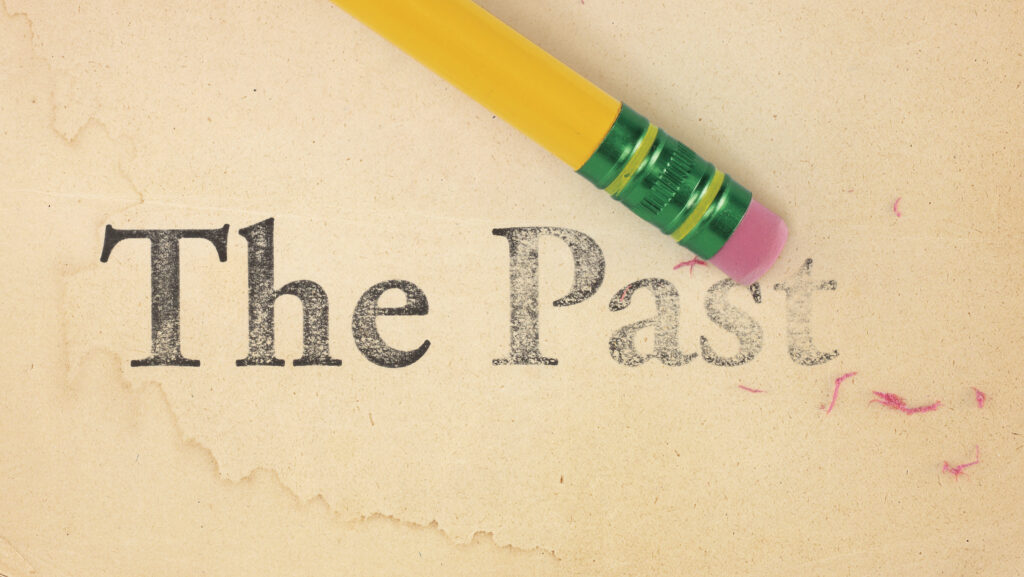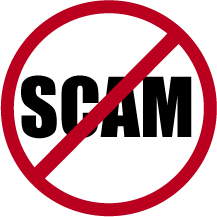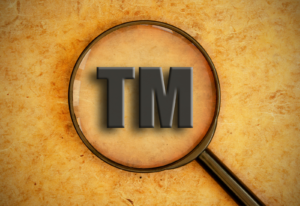Pursuant to the Trademark Modernization Act (TMA), the United States Patent and Trademark Office (USPTO) has established expungement and reexamination proceedings for cancellation of a registration. These proceedings allow a third party to request the cancellation of a trademark registration, if the mark was never used in commerce, or if it was not used prior to the date on which the trademark applicant had to demonstrate use in commerce.
The new expungement and reexamination proceedings offer an alternative to a petition for cancellation under 15 U.S.C. § 1064. For reasons described below, the new proceedings may be a more attractive pathway in certain situations.
1. Why Would Someone Want to Cancel Someone Else’s Trademark Registration?
Coming up with good trademarks is not easy. To get a sense of the challenge, imagine you are starting a new business that will offer goods or services to the public. Now think of a few possible names for your brand. Remember, this brand will be public-facing, so it’s not just a matter of naming an LLC. Then look for those trademarks in the USPTO register and see how many are already registered. For those names on your list that are not registered, consider that perhaps they are not registered because they are similar to a registered trademark, or because they are descriptive, or because someone has common-law rights to them in one or more states.
With all these limitations in place, a good trademark is very valuable. Obviously, if someone uses a good trademark before anyone else, it’s only fair that they get the corresponding legal rights. But what if someone registered the mark but isn’t using the trademark. Is it fair for them to be able to preclude others from using it?
Congress doesn’t think so. It provided legal avenues to seek the cancellation of registrations of trademarks that are not being used in the Trademark Act of 1946. The TMA now provides additional tool, which in principle should make things easier for those seeking cancellations on non-use grounds.
2. What’s the Difference Between Expungement and Reexamination Proceedings?
Not much. A petition for expungement is used in those cases where the mark has never been used in commerce. In turn, a reexamination petition must allege that the trademark was not in use on or before the “relevant date.” The relevant date is basically that on which the applicant had to provide evidence of use (at the time of filing in the case of an application based on actual use).
The facts of the matter will help determine which of the two options is more suitable.
3. What’s the Problem with Petitions to Cancel?
Petitions to cancel can be lengthy, involved and expensive. It has the feel of litigation, with parties required to make numerous filings during the proceedings, following certain deadlines. With the new expungement and reexamination proceedings, after the petitioner files the matter is entirely in the hands of the USPTO and the trademark owner.
4. So Expungement and Reexamination Proceedings Are the Way to Go, Right?
Not always. In some cases a petition to cancel might be the only option, such as when the mark was once used in commerce, but later abandoned. Expungement and reexamination proceedings apply only to situations where the mark was never used, or was not in use on or before the date on which use had to be shown to USPTO.
5. If a Trademark Was Not in Use, How Did the Owner Show Use?!
In the case of goods, probably the most common kind of specimen provided to USPTO to show use is a photo of a product bearing the trademark. However, a trademark owner might have physical products at hand before they are entered into commerce.
Imagine your brother-in-law is really into home brewing, to the point where he designs and prints labels for his bottles. If he decided to file an application to register the brand name he’s given his beer, he’d have no problem submitting a photo of a bottle bearing the trademark with his application. But does that means the mark is being used in commerce? Probably not.
In the same way, a trademark applicant could make a label with the trademark and stick it on an unrelated product, or even photoshop the trademark into an image of an unmarked product. In the case of an entity with manufacturing capability, they could even make a single product for purposes of showing use.
It is also important to remember that, to register a trademark with USPTO, the use in commerce must have taken place in the United States. Imagine an applicant that sells products bearing the trademark in question, but in a foreign country. One of those products could be produced as a specimen, but sales overseas do not constitute use in commerce for federal registration purposes.
For businesses negatively impacted by improper registrations by owners that are not using their marks in commerce, expungement and reexamination proceedings offer an alternative to the traditional cancellation proceeding, one which may prove more cost-effective, faster, and simpler.

























